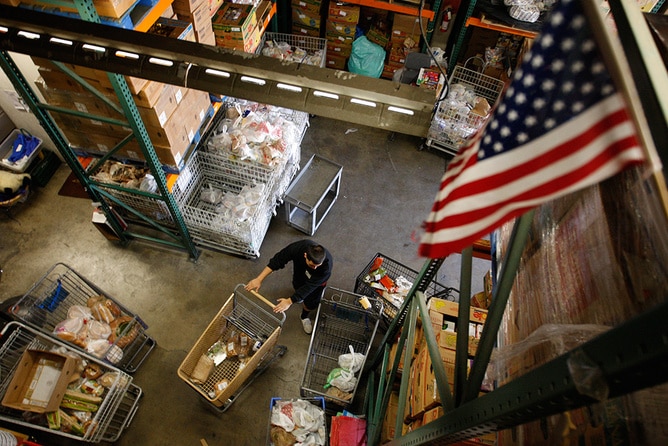Higher Oil Prices, Higher Inflation Expected in U.S.
A perfect storm of rising oil prices and limited corporate profits is leading to higher inflation expectations for 2016. Oil prices have rebounded from their 2016 lows, rising to $38.95 a barrel on Monday morning trading. With higher oil, gas prices have already risen in the U.S., and higher prices are expected. Gas price averages have increased from their recent lows to top $2.00 per gallon, according to Gasbuddy.com, a gas price tracking company.




